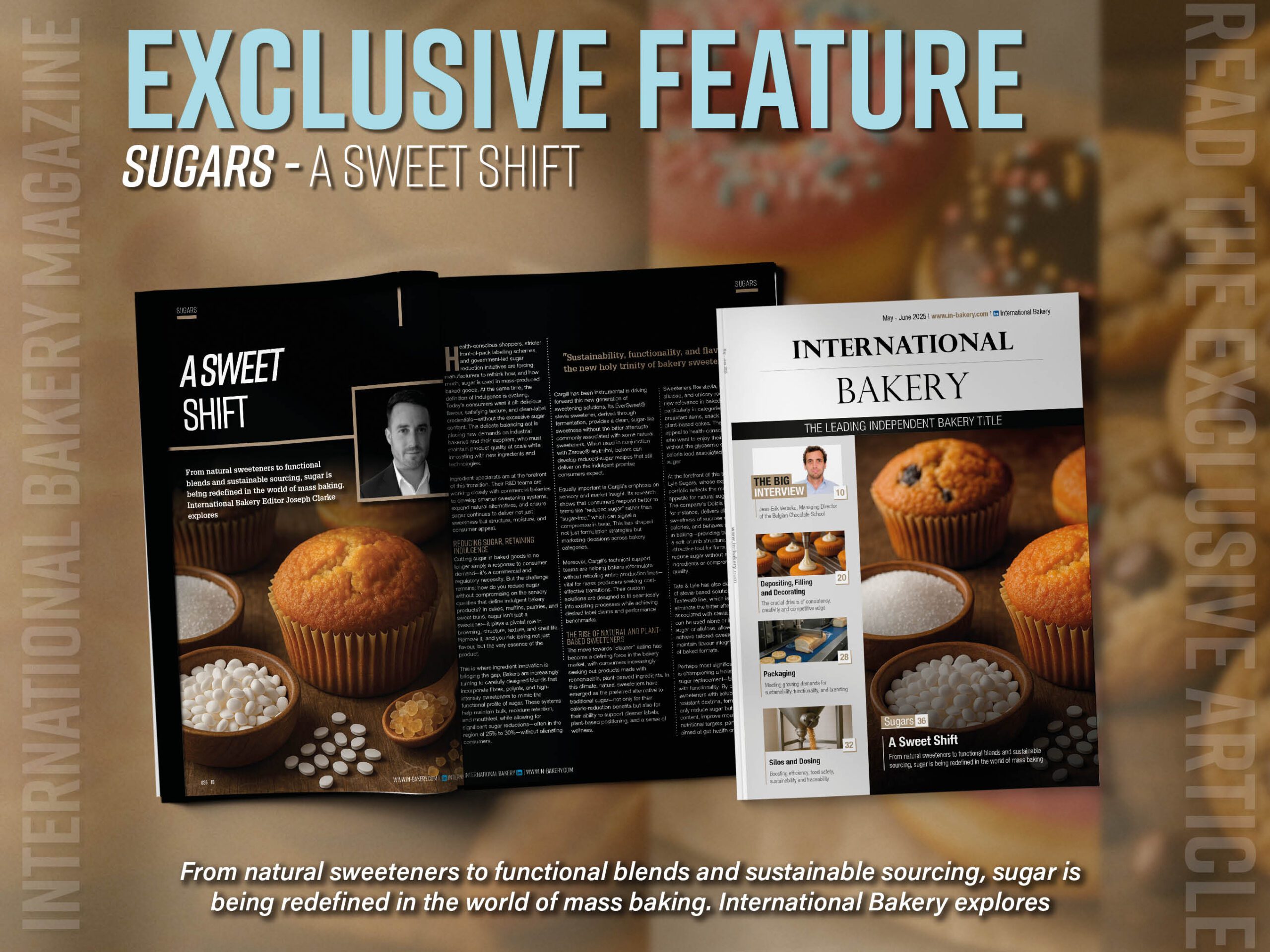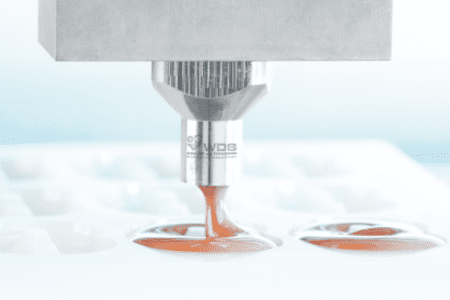According to new market research conducted by Meticulous Research, the high-intensity sweeteners market is projected to reach $4.2 billion by 2029, at a compound annual growth rate (CAGR) of 5.3% from 2022 to 2029.
High-intensity sweeteners are high-potency sugar substitutes that are used in small quantities as an alternative to sugar. They contain less food energy than sugar-based sweeteners, making them zero-calorie or low-calorie sweeteners.
The rising demand for functional food products, the growing prevalence of diabetes and obesity, and the surging demand for natural sweeteners are the key factors responsible for the growth of the high-intensity sweeteners market. However, stringent government regulations and adverse health effects associated with high-intensity sweeteners are expected to hinder the growth of this market.
The Impact of Covid-19 on the High-intensity Sweeteners Market
The Covid-19 pandemic had a significant impact on the global economy. Several countries imposed nationwide lockdowns, affecting travel and transportation of all non-essential trade, which, in turn, restricted and delayed imports and exports across many countries. The sweeteners industry faced significant disruptions due to broken supply chains and raw material and workforce shortages, which hindered the manufacturing and distribution operations of many industries.
However, the pandemic led to the adoption of some best-practice models in the food industry, as it highlighted the importance of nutritious foods with reduced sugar, calories and fats in preventing diseases. The food industry witnessed an unprecedented demand, particularly for low-calorie food products. There was a rapid surge in demand for less sugary and immunity-boosting products as people sought solutions to boost overall health and wellbeing. This increased health-consciousness among consumers has encouraged manufacturers and product formulators to opt for high-intensity sweeteners.
Growing health and wellness concerns, strong demand for dietary supplements, and the surging consumption of sugar-free products are expected to propel the growth of the high-intensity sweeteners market.
Growing Demand for Natural High-intensity Sweeteners
Rising death rates due to heart diseases, strokes, obesity, and type 2 diabetes and increasing health consciousness have encouraged a large portion of the global population to shift to low-calorie and nutritional foods. This shift has increased the utilisation of natural ingredients as a replacement for artificial ingredients. Natural sweeteners are prominent ingredients in food formulations and replace sugar in foods. Stevia and monk fruit are among the major natural high-intensity sweeteners used in all types of foods, including dairy, bakery, confectionery, beverages, and other functional foods. Health consciousness and consumers’ inclination toward natural products are the factors that drive the demand for natural sweeteners.
According to the International Stevia Council, more than 100 countries worldwide have approved stevia, and products sweetened with stevia are used by more than 4.5 billion consumers globally. The use of natural sweeteners in food & beverage products has increased significantly. For instance, Pepsi and Coca-Cola have started using stevia in their soft drinks. According to Cargill Incorporated, the number of natural sweetener-based products launched annually increased from 377 products in 2009 to 5,710 in 2018. The increasing adoption of natural sweeteners propels the growth of the high-intensity sweeteners market.
Based on product, the high-intensity sweeteners market is segmented into sucralose, stevia, aspartame, acesulfame-k, neotame, saccharin, luo han guo [monk fruit], neotame, and other. The stevia segment is expected to register the highest CAGR during the forecast period of 2022–2029. The growth of this segment is driven by the increasing consumer awareness regarding the consumption of food products with natural ingredients, growing consumer preference for clean label and healthy products, and increasing consumer preference towards reduced sugar and healthy products.
In 2022, the artificial high-intensity sweeteners segment is expected to account for the largest share of the high-intensity sweeteners market. However, the natural high-intensity sweeteners segment is projected to register the highest CAGR during the forecast period of 2022–2029. The growth of this segment is driven by factors such as the increasing awareness about the benefits of consuming food products with natural ingredients, the growing consumer preference for clean label and healthy products, and the rising adoption of stevia and other natural sweeteners by leading food & beverage companies.
Read more latest industry news and developments in our free to download magazine.
Media contact
Editor, International Bakery
Tel: +44 (0) 1622 823 920
Email: editor@in-bakery.com






